Excerpt from the essay “The Role of Shikokai and Sodeisha in Postwar Ceramic Art Objects” by Kazuko Todate, Professor in the Faculty of Art and Design Center of Liberal Arts, Tama Art University, published on the occasion of the exhibition “Ceramic Frontiers: Sodeisha & Shikokai in Post-war Japanese Art” at Dai Ichi Arts, March 2024.
During the first half of the 20th century, individual Japanese ceramic artists expressed themselves in two main ways: “vessels for appreciation,” exemplified by artists like Kenkichi Tomimoto and Yaichi Kusube, and “figurative ceramics,” represented by artists such as Ichiga Numata. The former type of ceramics was not intended as utilitarian containers but rather as vessels for display and enjoyment, while the latter comprised pottery in the form of animals and people.
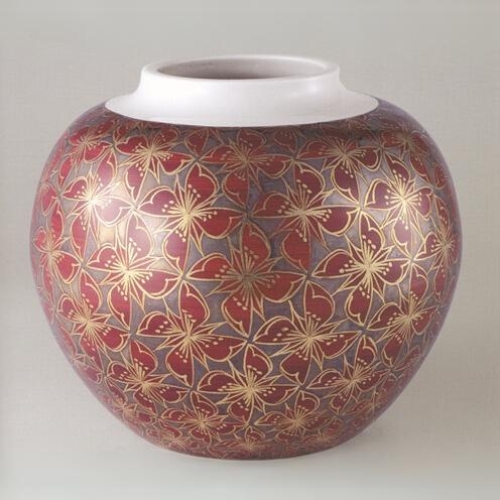

In the postwar period, a third trend in ceramic expression emerged, distinct from “vessels for appreciation” and “figurative ceramics.” The avant-garde ceramics group “Shikokai,” formed in Kyoto in November 1947, played a pioneering role in this trend. The founding members included eleven individuals: Sango Uno, Juro Izukura, Kinnosuke Onishi, Yasuyuki Suzuki, Saku Fujita, Shu Arai, Uichi Shimizu, Shigeru Asami, Ryozo Taniguchi, Morikazu Kimura, and Yasuo Hayashi.
At that time, Kyoto ceramic artists were also involved in cross-genre collaborations with painters and other artists, inspired by avant-garde flower arrangers who urged them to “attempt making pottery that cannot be used to arrange flowers.”
Under these postwar conditions, Yasuo Hayashi exhibited his abstract ceramic object “Cloud” at the Shikokai exhibition in 1948. Soroku Okamoto and Yasuyuki Suzuki, also members of Shikokai, created ceramic objects in 1949. The works by Hayashi, Okamoto, and Suzuki are biomorphic abstract creations that exist independently, not as vessels but as forms in themselves. For instance, Hayashi’s “Cloud” is an abstract object not named because he traced the shape of a cloud in the sky, but because he envisioned a vague image of a living being, molded it by hand, and eventually named it “Cloud” due to its organic shape reminiscent of a living organism, or perhaps a cloud formation welling up. Okamoto’s and Suzuki’s works, akin to Hayashi’s, also manifest a biomorphic tendency.
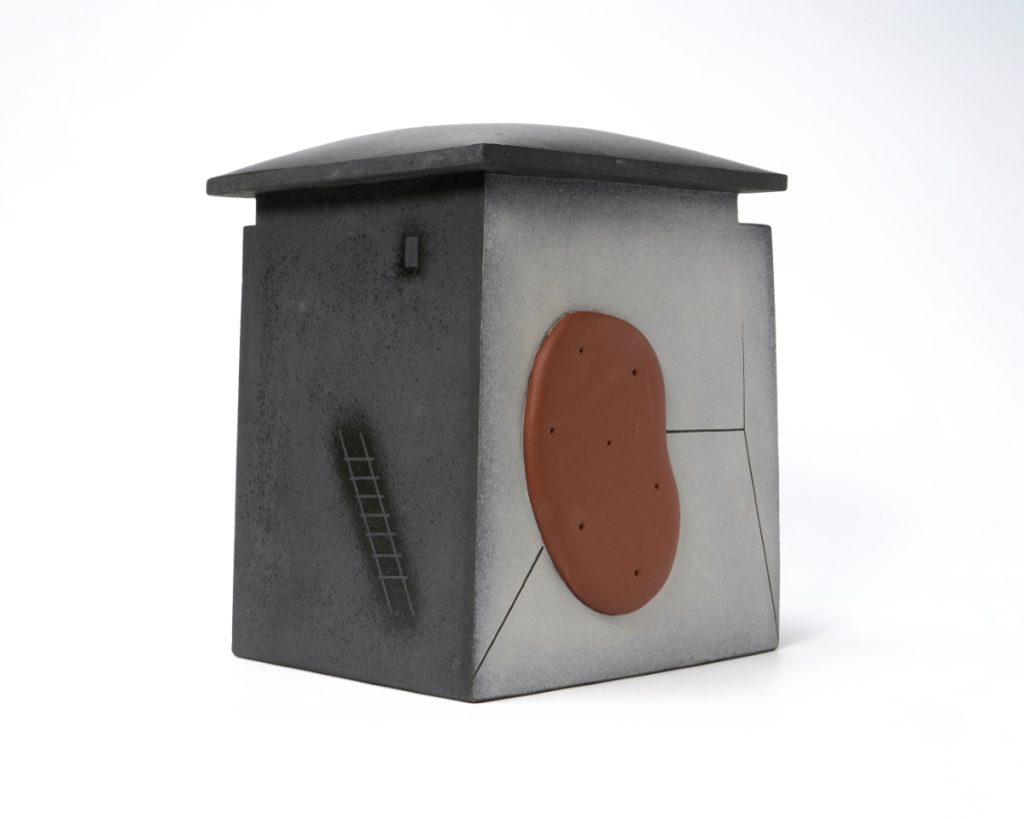
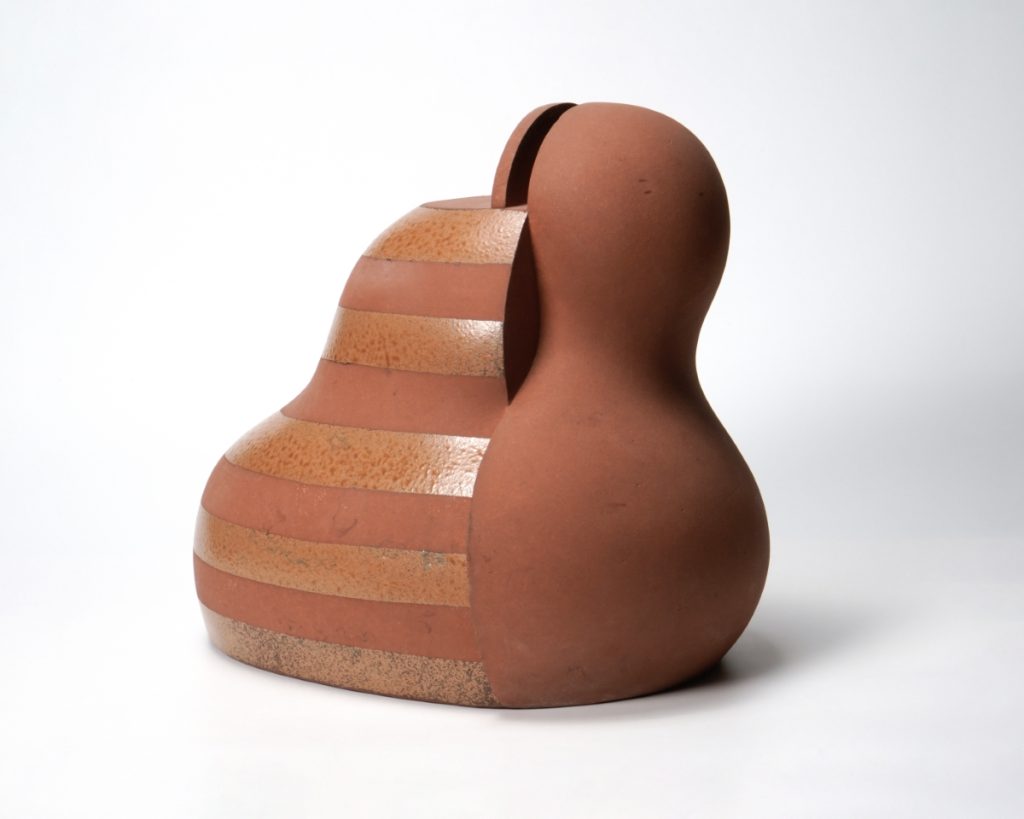
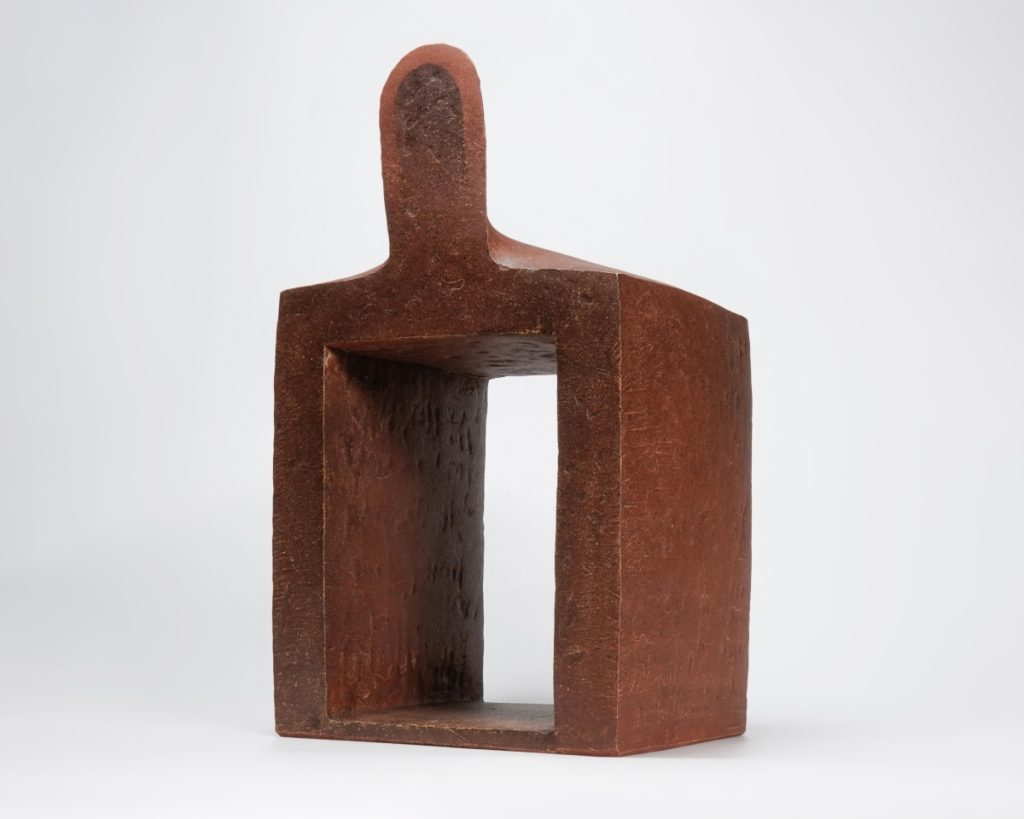
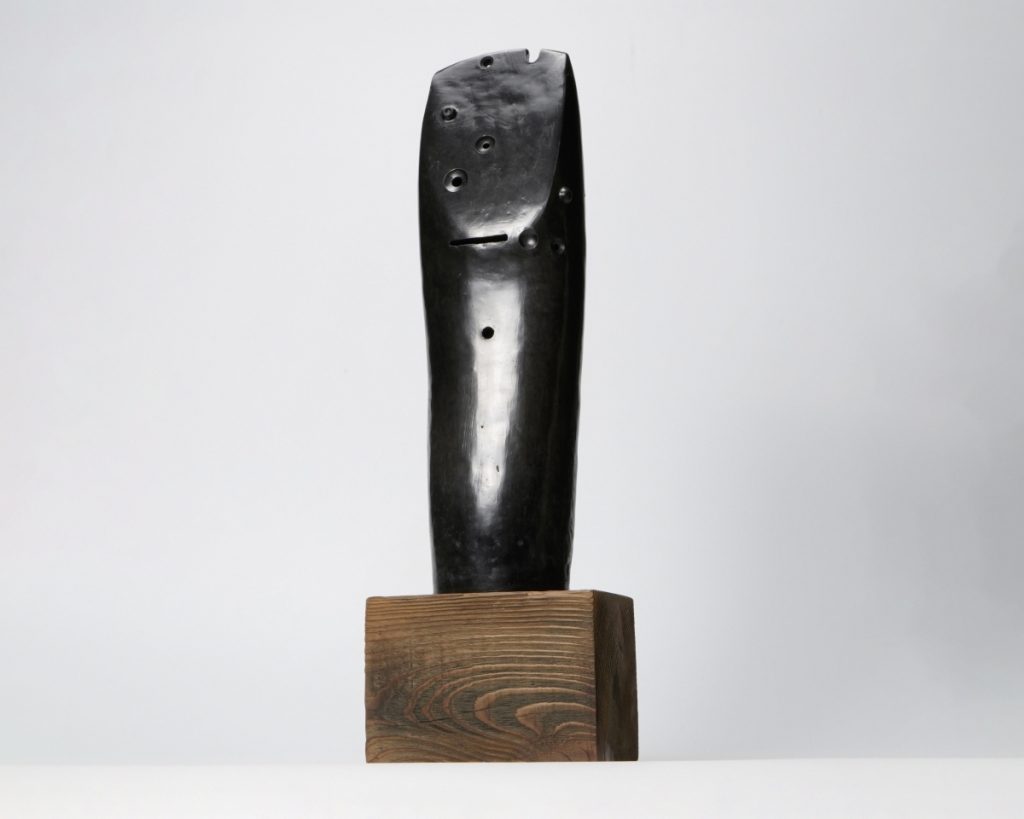
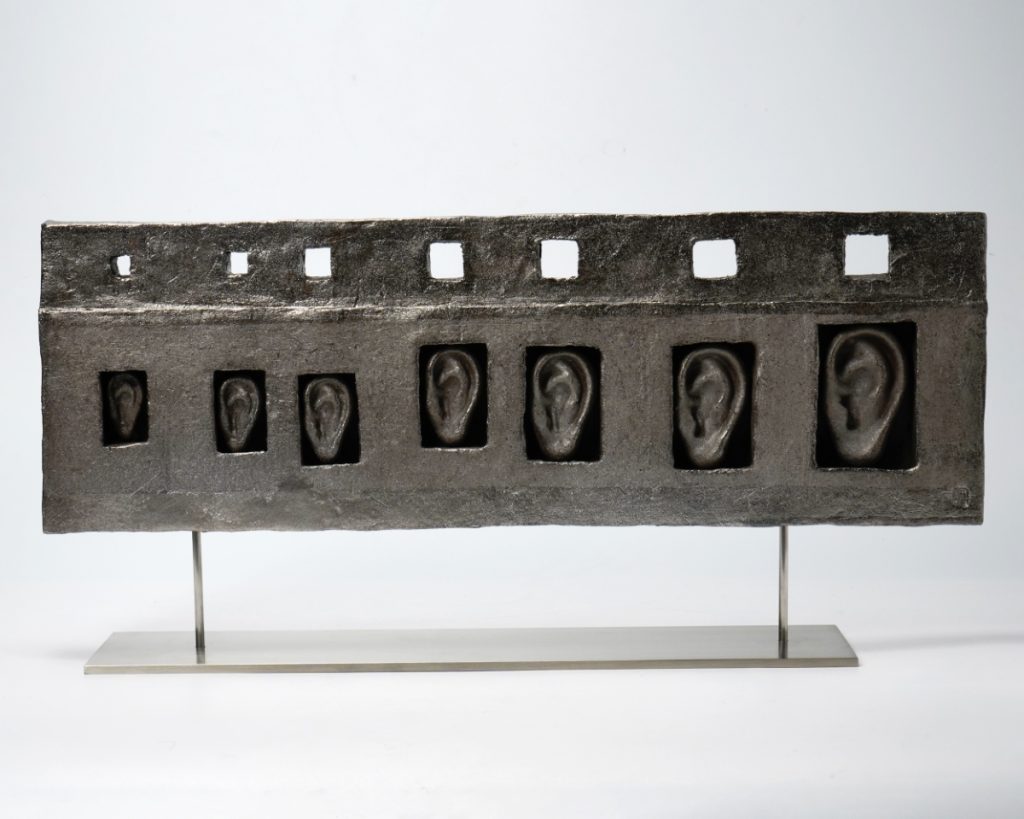
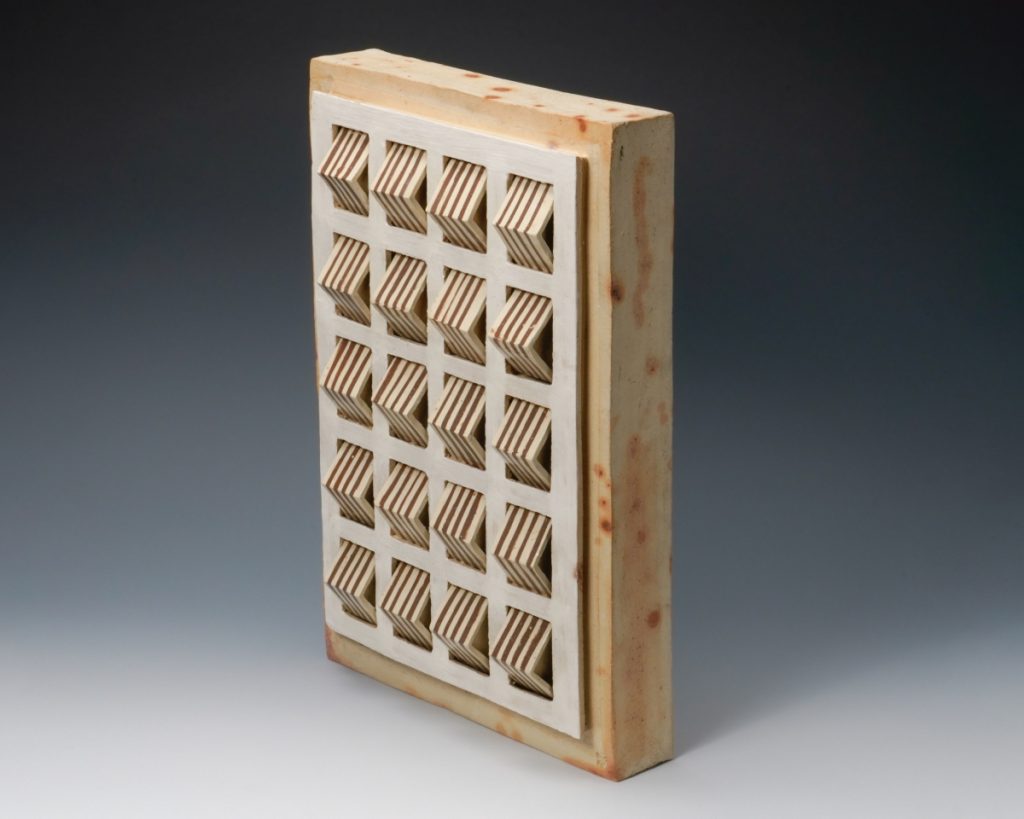
The term “obuje (object)” made its debut in Japanese ceramic art after World War II, as indicated by a 1949 Shikokai invitation. This term originated from the “objet” of Dadaists and Surrealists in Western art, symbolizing the transformation of existing objects into a dimension beyond through unexpected combinations. In Surrealist painting, the technique of automatism, visualizing the unconscious, parallels much of the visual and conceptual abstraction found in Shikokai’s ceramic objects.
In essence, Shikokai’s ceramic objects are intricately connected to the abstraction of automatism. This means that the method of creation is not grounded in detailed drawings or plans but relies on rough images or extremely sketchy outlines. The artist determines the form as it unfolds before their eyes during the object’s creation. While ceramics impose more restrictions compared to painting, this mindset of “thinking while making” has profoundly broadened the scope of expression in ceramic art.
Contact
info@daiichiarts.com
Dai Ichi Arts Ltd.
18 East 64th Street, Suite 1F
New York, NY 10065
United States
Captions
- FEATURED IMAGE: Hayashi Yasuo 林康夫 (b. 1928), Work 65-17, 1965, With Signed Wood Box, Stoneware, red slip glaze, 40.6 x 29.2 x 24.1 cm
- Tomimoto Kenkichi 富本憲吉 (1886-1963), Decorative Vase with Four-petaled Floral Patterns in Gold and Silver overglaze enamels, 1960, porcelain. Image courtesy of the Collection of the Museum of Contemporary Ceramic Art, Gifu, Japan
- Ichiga Numata 沼田一雅 (1874-1954), “Squirrel”, stoneware. Image courtesy of the Collection of Fukui Prefectural Museum of Ceramic Art
- Yamada Hikaru 山田光 (1923-2001), Juts in a Clay Plane 陶面の中の凸面, 1976. Published ”CLAY WORK BY YAMADA HIKARU”,2004, Sekaishisosha Co., Ltd, Glazed ceramic, 43.9 x 34.8 x 9.9 cm
- Hayashi Yasuo 林康夫 (b. 1928), Seat, 1978, With Signed Wood Box, White Engobe, Biscuit Fired Stoneware, 30.9 x 46.7 x 17.2 cm
- Hayashi Yasuo 林康夫 (b. 1928), No. 3 Memory of House 寓舎の記憶 05-A, 2005, With Signed Wood Box, Stoneware, Bisque fired, 29.5 x 26 x 22.3 cm
- Suzuki Osamu 鈴木治 (1926-2001), Form Horse “Uma-No-Yakata” 馬ノ屋形, 1980, With Signed Wood Box, Stoneware, 50.2 x 27.8 x 25.5 cm
- Yagi Kazuo 八木一夫(1918-1979), Black Glazed Work 黒陶作品, c. Late 1950’s – Early 1960’s, Accompanying wooden box signed by his son, Yagi Akira Stoneware with black glaze, Object dimensions: 35.0 x 10.6 x 8.0cm, Stand dimensions: 45.0 x 14.0 x 10.5cm
- Hayashi Yasuo 林康夫 (b. 1928), Encounter 語らい’ 78, 1978, With Signed Wood Box, Stoneware, 29.8 x 35 x 23.7 cm
- Yamada Hikaru 山田光 (1923-2001), No. 343 Kasukanaru Koe (“Fading Voice”) かすかなる声, 2000. Yamada Hikaru & Masuda Studio Gallery, 2000, Signed Hikaru 光. Published ”CLAY WORK BY YAMADA HIKARU”, 2004, Sekaishisosha Co., Ltd. Glazed Stoneware, 17.5cm x 52.3cm x 20.34cm


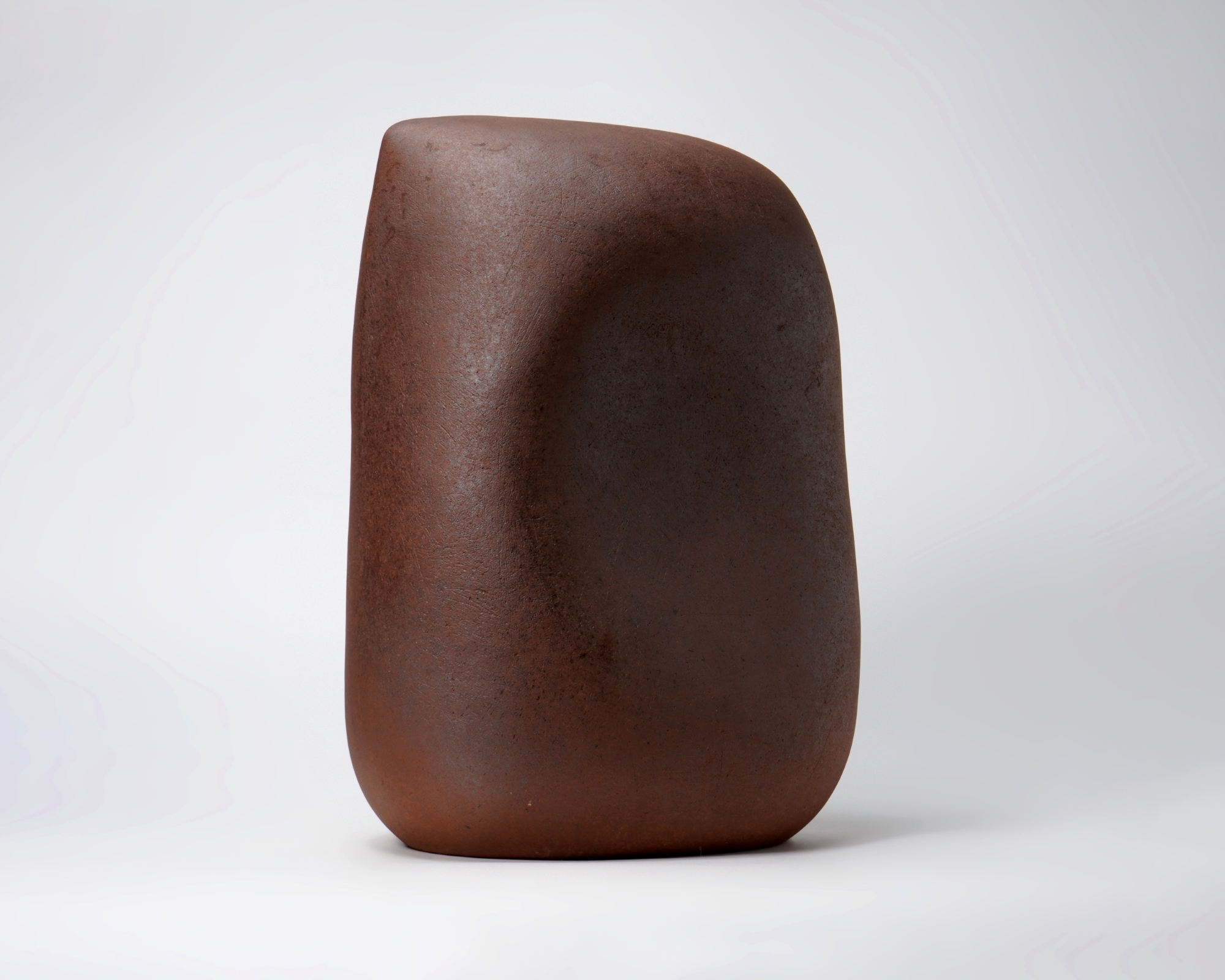















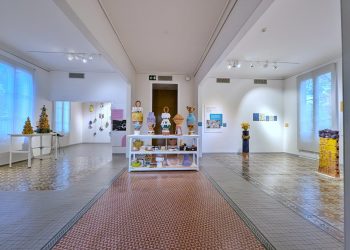
Comments 1